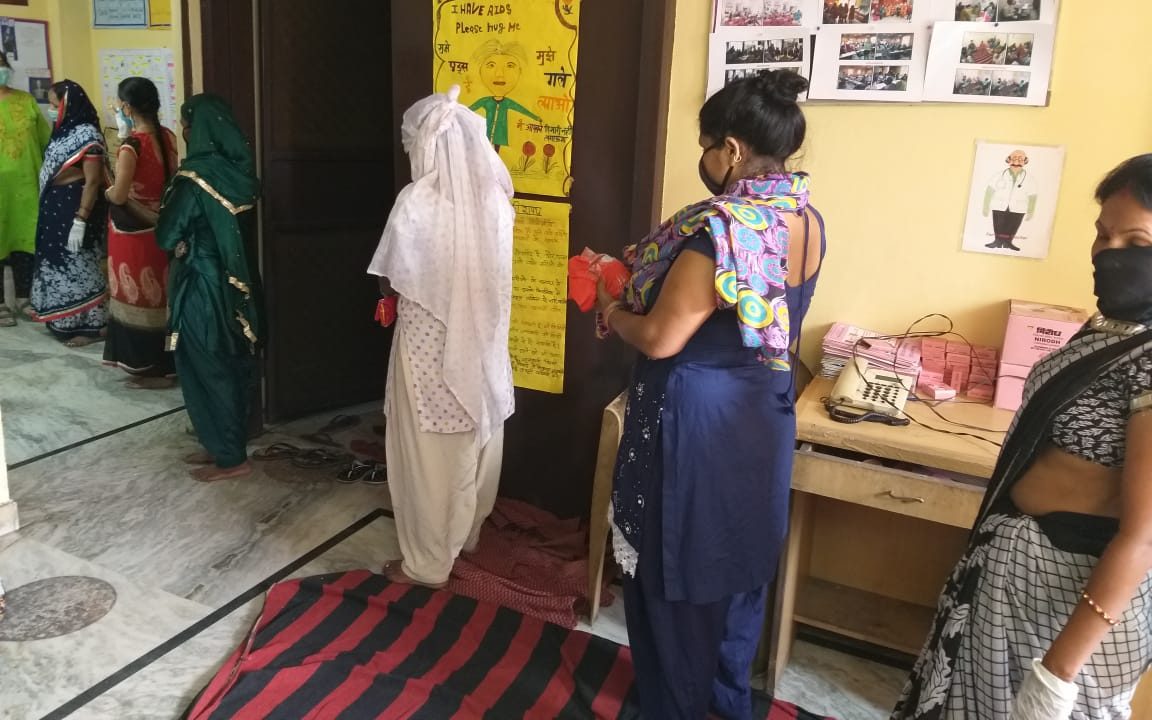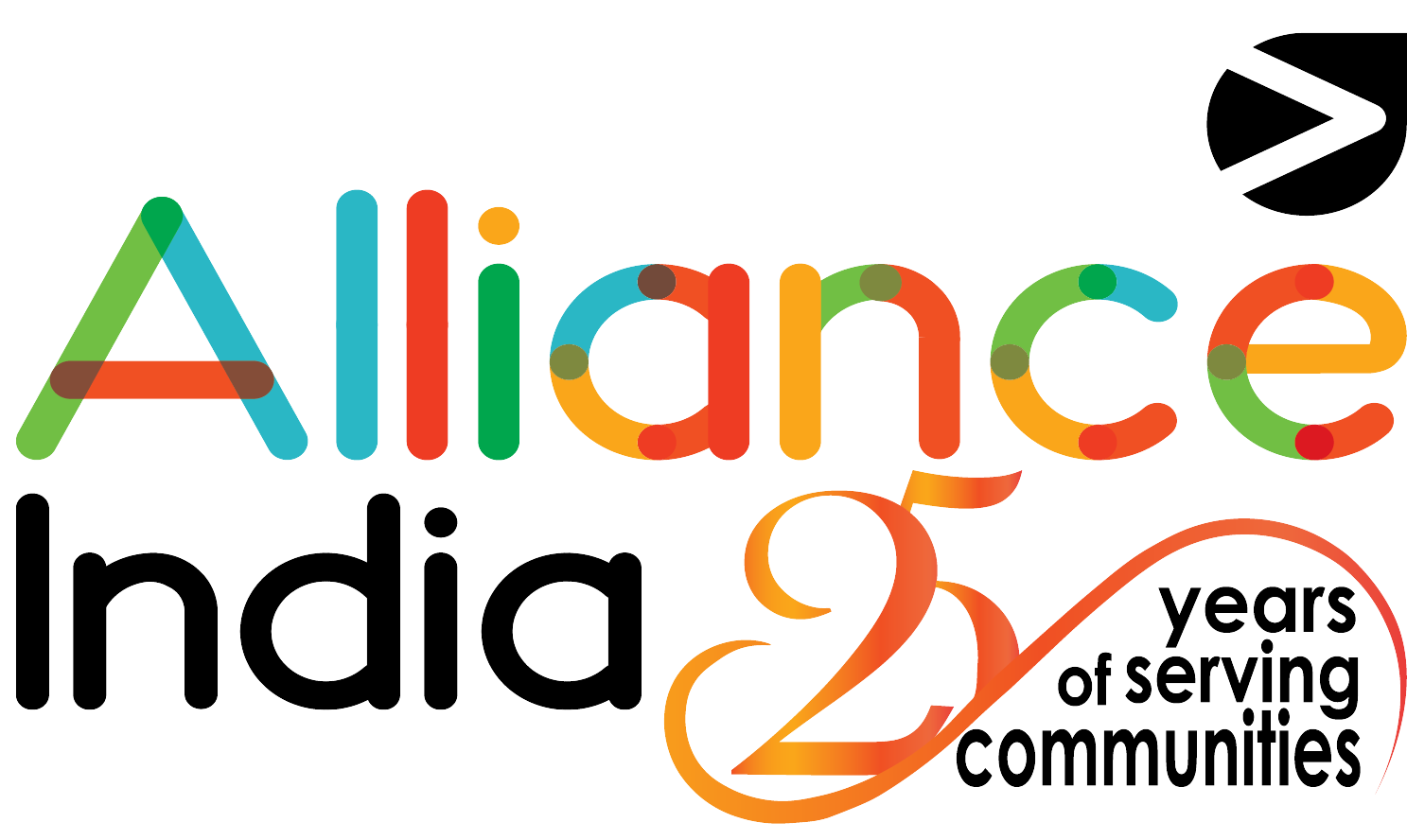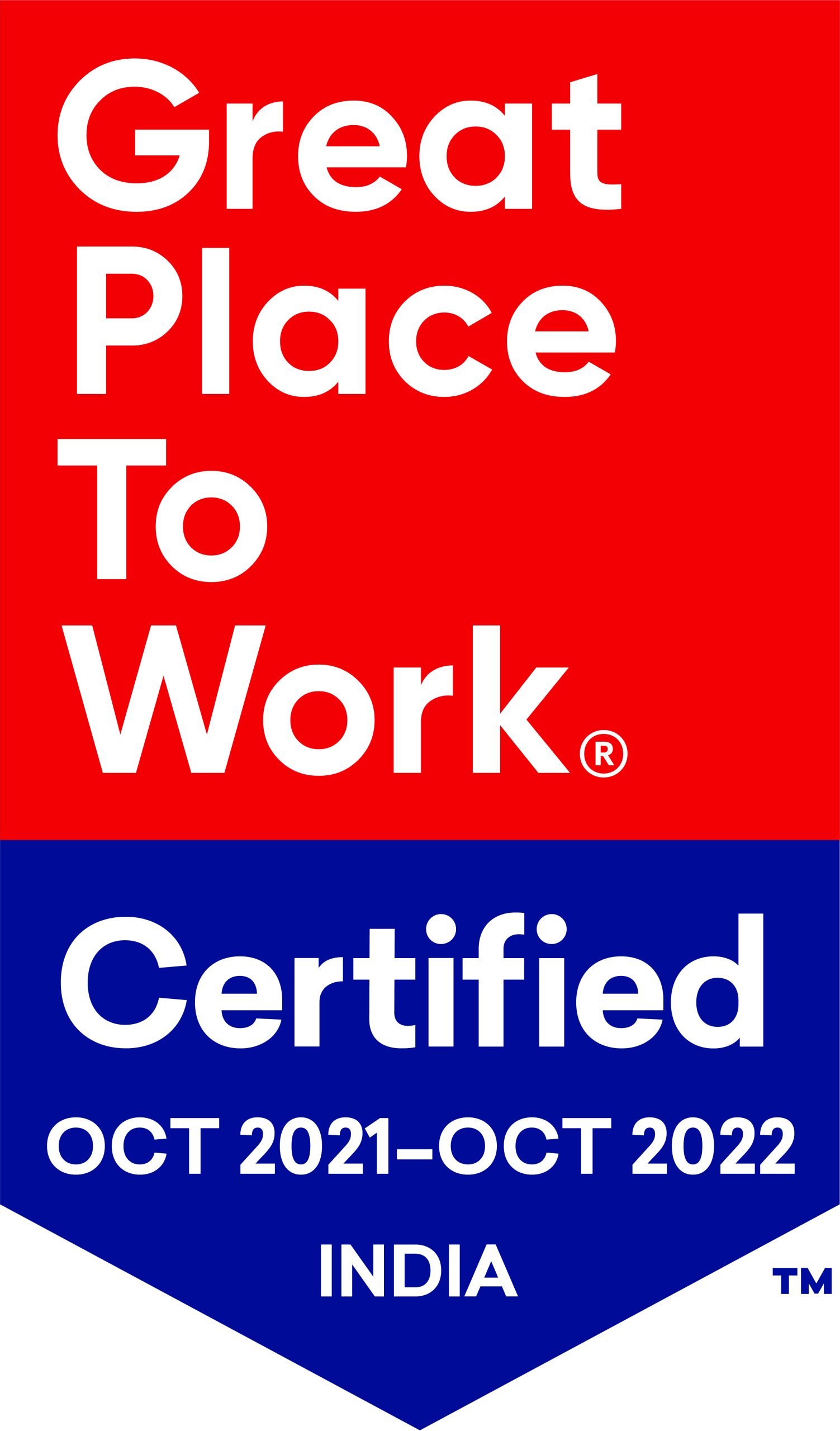People who use drugs – Somewhere between lockdown and unlockdown

“People who use drugs and lock-ups” are more often than not discussed in conjunction in most parts of the world. This has little to do with the COVID-19 pandemic ‘per se’, but the fact that people who use drugs – including women who use drugs – continue to be criminalised and therefore sent to prisons or coerced into mandatory treatment as an alternative to imprisonment. It is these common examples of locking up people who use drugs world over, that resonates with “lockup” or “lockdown”; familiar term for this very marginalised section of our society. What’s most worrisome within this context, however, are the growing number of HIV, HCV, and overdose rates amongst people who use drugs as per the Global AIDS Update Report of UNAIDS (2019). The update titled, Communities at the centre, shows a mixed picture, with some countries making impressive gains while others are experiencing a rise in new HIV infections and AIDS-related deaths. In Asia, People who use drugs, their sex partners and women who use drugs form a major part of these worrying numbers due to the “lock-up” phenomenon, criminal sanctions (and the fear of it) which prevents them from accessing lifesaving medicines and health services exacerbated due to stigma and discrimination. All of this is a matter of concern from the perspective of HIV, HCV and related health as well as social issues.
Mathematical modelling studies suggest that lockdown and containment might be possible especially when other public health interventions are combined with an effective social distancing strategy. When we think of such models in the context of groups like people (including women) who use drugs and women sex partners of drug users – there is limited understanding due to lack of evidence.
In India, the nationwide lockdown — the first phase was announced on March 25 for 21 days — has been extended thrice. That works out to a total of over 70 days of being in lockdown. The country has now moved towards the three-phased unlocking starting June 8. The Government of India – particularly through the Ministry of Health was very spontaneous and responsive to the health needs (and likely fallouts) of those considered “at risk of COVID-19” and other comorbid conditions. These included elderly, young, men, women, and almost all major sections of the society.
People who use drugs weren’t prioritised until the National AIDS Control Organisation (NACO) nationally and some state governments such as Punjab, Manipur, Delhi Sikkim and Nagaland stepped in and made provisions like take-home dose of buprenorphine – a lifesaving medicine for people who use drugs. This was soon followed by few more states and now, the sector is at a cusp of change; with a possibility of take-home dose being sustained beyond the unlocking phase of the COVID-19 pandemic. So far the take-home dose strategy has worked very well and has shown significant demand also from the community members across the length and breadth of the country. Delhi’s Gokulpuri based Ganga Social Foundation – an Alliance India partner organisation; which runs a harm reduction targeted intervention site under the Delhi State AIDS Control Society also witnessed a growing demand for take-home dosage of buprenorphine and other harm reduction services during the lockdown phase 3 by their beneficiaries. However, just when it looked like take-home dose alone would solve all the service delivery problems for this organisation servicing male PWIDs, women who use/inject drugs, women sex partners and inter alia the communities of people living with HIV/AIDS ( PLHA), there was a brief period when clients stopped coming to the centre. The beneficiaries – mostly daily wagers and poor – had limited to no access to food and nutrition. Many amongst them particularly women didn’t have any access to safety kits and sanitary napkins also and this situation prevented them from accessing the harm reduction and HIV prevention services from Ganga Social Foundation. Alliance India’s Harm Reduction team upon learning of this, joined forces with the United Religions Initiative and Indo-Global Social Service Society and arranged for 150 kits (15 items) of dry ration (rice, dal, flour, chana, spices, onion, and potato, etc.), COVID safety kits (soap, sanitizer, mask, etc.) and sanitary pads. On May 5 and 6, these kits were distributed to 150 families or 600 people (approx.) which will serve for more than 20 days.
This support has ensured that 30 PWIDs (People Who Inject Drugs), 35 People Living with HIV/AIDS (also community peer educators), 45 women who use drugs and 40 women sex partners continue to access lifesaving health and support services and contribute towards maintaining the momentum to the national (and inter alia regional and global) AIDS response. This experience demonstrates the special needs, vulnerabilities, and the marginalisation of the drug using community and their subgroups. It reinforces the importance of ensuring access to quality and consistent health, HIV, harm reduction services, but also the need for being considerate towards their basic human needs of shelter, food, nutrition, and dignity for any effective public health response.
Other Recent Articles
- Youth Voices: Life with HIV in Contemporary India 26 September, 2023
- Empowering Transgender Community to create an Equal World 20 July, 2023
- Combating Stigma and Discrimination Among People Living with HIV 7 July, 2023
- Understanding the Significance of HIV Testing: Impact on Individuals, Relationships, and Society 22 June, 2023
- Empowering Lives during Unrest l Our Commitment to Manipur 5 June, 2023
- Empowering the Transgender Community: Alliance India Initiates Transgender ID Card Registration Drive 17 May, 2023
- The Struggle of Embracing Identity- International Day Against Homophobia, Transphobia and Biphobia 17 May, 2023
- Innovaccer Provides Support to Ensure Quality Health Services to Children Living with HIV 5 May, 2023
- The Essential Role of Social Protection Schemes for People Living with HIV 13 April, 2023
- Marriage is only between a biological male and biological female,” Centre tells Supreme Court 14 March, 2023
- Made by Nicdark - Copyright 2020
- donations@ong.com
- volunteers@ong.com
- contact@ong.com
India HIV/AIDS Alliance (Alliance India)
A not-for-profit Section 8 Company with Registration No: U85310DL1999NPL098570
Contact
-
6, Community Centre
Zamrudpur Kailash Colony Extension
New Delhi – 110048 - +91-11-4536-7700
Download
Quick links
©2021 All Rights Reserved by Alliance India



Leave a Reply